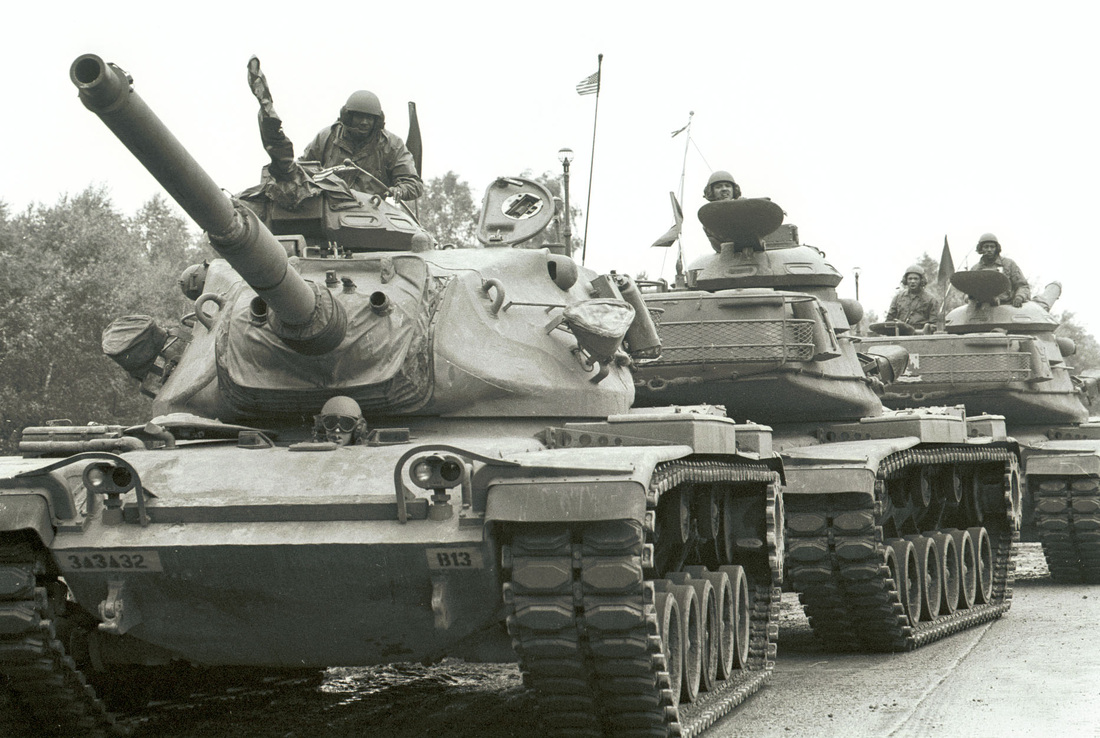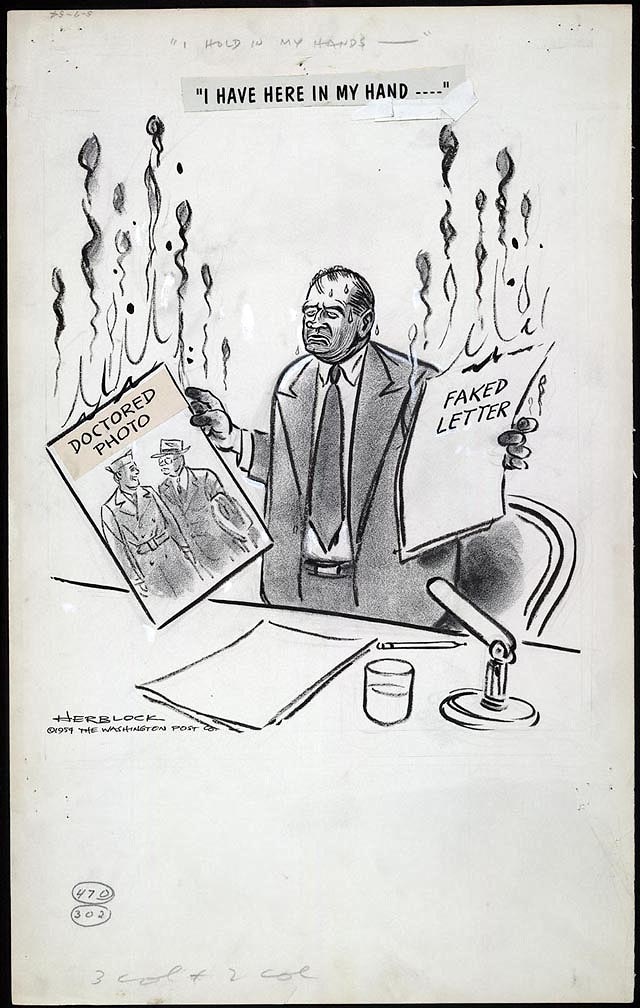The american position
Americans came out of WW1 even RICHER than before
They own 2/3 of the worlds money
they have the largest navy and air force
Largest trading industry in the world
They have influence in Asia and Europe
1919 exaggerated- they are the ultimate world power in 1945
They own 2/3 of the worlds money
they have the largest navy and air force
Largest trading industry in the world
They have influence in Asia and Europe
1919 exaggerated- they are the ultimate world power in 1945
The russian position:
Largest army in the world production not at pre-war level
Stalin looks inward again, and puts every effort to make people try and believe in communism
He begins to influence the satellite states in Eastern Europe
Stalin had democratic elections for communism, but there was only one party to vote for ( forcing people to vote for communist governments)
Many PoWs ( prisoners of war) kept on working in Russia
causes of the COLD WAR
war of ideologies
Communism VS. democracy
(capitalism VS. West)
Causes:
-Nationalism - both USA and USSR take actions throughout Cold War to protect their interests
-Imperialism- Many old imperialists nations are gone, USA and USSR rake over this role word wide. ( ex. vietnam and Afghanistan )
Communism VS. democracy
(capitalism VS. West)
Causes:
-Nationalism - both USA and USSR take actions throughout Cold War to protect their interests
-Imperialism- Many old imperialists nations are gone, USA and USSR rake over this role word wide. ( ex. vietnam and Afghanistan )
Fears and Concerns in the Cold War Era
The Domino Theory- A metaphor that the USA used to describe the fear of the allowing countries to of communist and then their neighbours would follow course( southeast asia and Europe)
Satellite States and the iron curtain -
Satellite States and the iron curtain -
The USA response to cold war concerns
the department of defence
National security council
The central intelligence
National security council
The central intelligence
Summary
The Americans came out richer out of WW1, having the largest air force and largest trading industry in the world. They are the ultimate world power 1945. Causes of the cold war included both the USA and USSR taking actions throughout the Cold War to protect their interests. There were some fears and concerns in the cold war such as the Domino theory, which was a metaphor used by the US to describe the fear allowing countries to of communists and then their neighbours would follow their course. The US responded to these fears with the department of defence, the national security council and the central intelligence.


